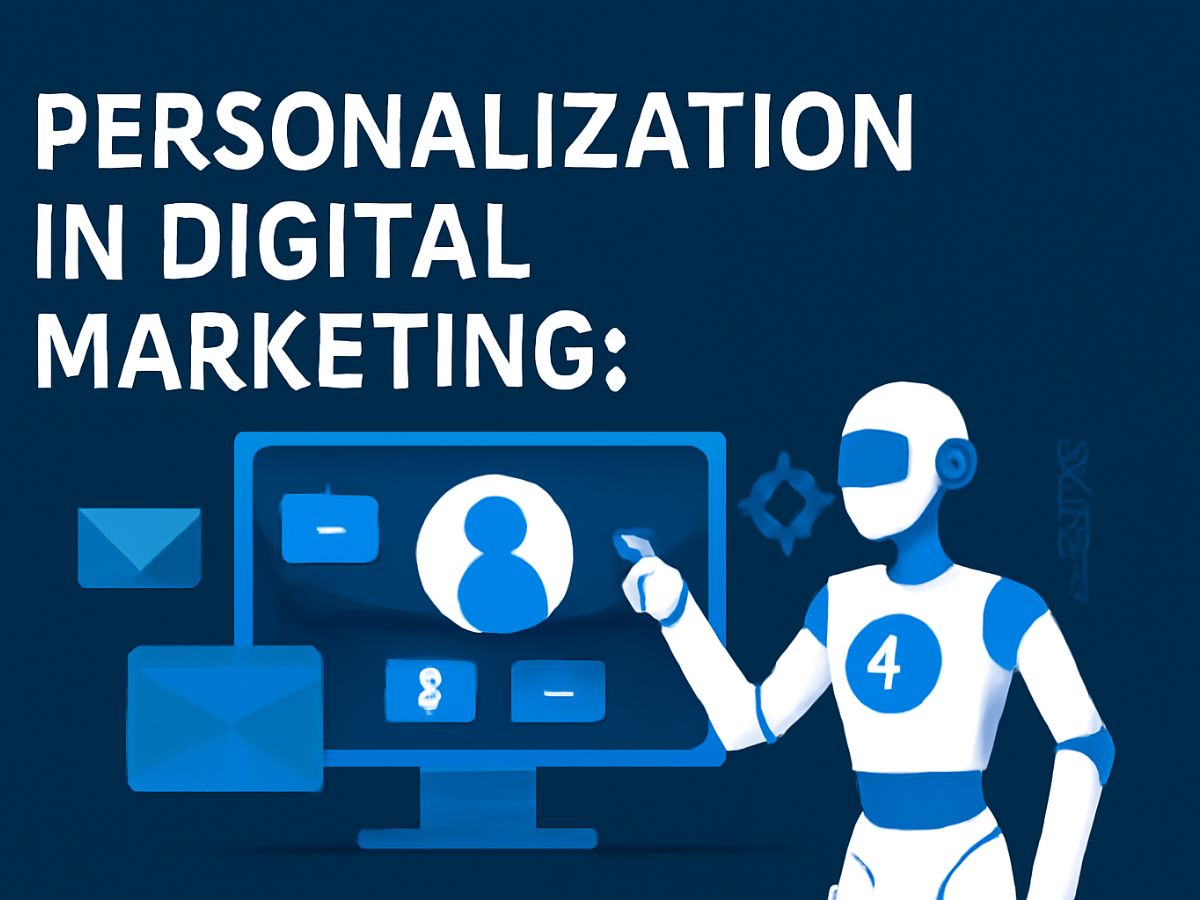

Brands are using artificial intelligence to reshape how they interact with audiences. Static campaigns don’t work anymore. Customers demand interactions that are personalized to their preferences, behaviors, and needs.
93% of marketers use AI to generate content faster, while 81% use it to uncover insights more quickly, and 90% use it for faster decision-making.
This is delivered by AI-driven personalization that analyses data in real time and dynamically adjusts messaging, offers, and experiences. This shift is urgent for businesses that have become dependent on outdated strategies.
Users are traditionally segmented by age, location, or income. It goes deeper. It takes browsing history, purchase patterns, device usage, and even sentiment from social media interactions. AI tools help a digital marketing agency Kolkata split audiences into micro-segments based on these layers of data.
For example, an e-commerce brand would target users who viewed high-end products but never purchased them. This behavior is identified by AI and tagged as “price sensitive high intent” customers. Then, campaigns provide time-limited discounts, free shipping, and other incentives that boost conversion chances by 20% more than generic promotions.
i. Behavioral triggers: Cart abandonment alerts sent within 30 minutes recover 12% of lost sales.
ii. Dynamic pricing: AI adjusts product prices in real-time based on user history, boosting average order value by 8%.
Manual segmentation struggles to keep pace with such granular insights. AI updates profiles continuously, ensuring campaigns stay relevant as user preferences evolve.
Audiences want relevance, and static content fails. Real-time personalized web pages, emails, and ads are generated by AI. An AI-powered travel brand changes landing pages for users searching for ‘budget stays in Goa’ vs ‘luxury resorts in Bali.’ Images, headlines, and calls-to-action adapt instantly.
This was implemented by a digital marketing company Kolkata for a client’s email campaign. Instead of generic headers, subscribers got subject lines like “Your Perfect Weekend Getaway.” Click-through rates improved by 18%, and open rates rose by 25%.
Key applications include:
i. Personalized product recommendations: Amazon attributes 35% of its revenue to AI-driven suggestions.
ii. Localized ad copy: AI adjusts language and offers based on regional trends, increasing engagement by 15% in multilingual markets.
This level of customization requires processing vast datasets. Brands using legacy systems cannot compete without AI integration.
Predictive models are models that use past behavior to forecast future actions. An AI used by a retail brand predicts when a customer will reorder consumables such as skincare products. 3 days before the estimated reorder date, automated reminders are sent, decreasing customer effort and increasing retention by 30%.
Predictive scoring helps a digital marketing agency in Kolkata to prioritize high-intent leads. Acquisition costs are cut by 22% when sales teams focus on contacts with a 70%+ likelihood to convert.
Challenges exist:
i. Data quality: Incomplete datasets lead to inaccurate predictions.
ii. Over-personalization: Intrusive messaging (e.g., referencing sensitive events) alienates users.
Balancing precision with privacy remains critical.
Small audiences can be manually personalized. This is automated at scale by AI. Chatbots offer 24/7 support, answering questions and suggesting products based on conversation history. AI chatbots helped a fintech brand cut customer service costs by 40% without compromising response accuracy.
It also optimizes ad spend. In real-time, AI allocates budgets to high-performing channels. When engagement dips, a campaign targeting urban professionals shifts from Facebook to LinkedIn, without human intervention, to maximize ROI.
An AI was integrated into a client’s social media strategy by a digital marketing company Kolkata. The ad creatives rotated every hour based on audience engagement metrics, which led to a 28% lower cost per click.
Hyper personalization is a fine line. Users like relevant offers, but they hate being invaded. A fitness app with AI that suggests workout plans based on health data is trusted. The same app that shares location data with third parties loses credibility.
Steps to maintain ethical boundaries:
i. Clear opt-ins: Let users choose data-sharing levels.
ii. Explainable AI: Show how decisions are made (e.g., “You see this ad because you viewed hiking gear”).
Brands ignoring ethics face backlash. A telecom provider faced a 15% drop in customer satisfaction after users discovered their call logs influenced ad targeting.
Traditional analytics measure clicks and conversions. AI is able to measure nuanced outcomes like lifetime value shifts or brand sentiment changes. CPG brand used AI to attribute a 12% increase in repeat purchases from personalized email sequences.
Key metrics include:
i. Personalization effectiveness score: Compares conversion rates between personalized and non-personalized campaigns.
ii. Engagement depth: Tracks scroll duration, video watch time, and page interactions.
Without AI, isolating the impact of personalization from other variables becomes guesswork.
Adopting AI demands technical and cultural shifts. Teams need skills to interpret AI outputs. A digital marketing agency Kolkata (e.g., Brandatory) trained its analysts to validate AI-generated insights against business goals, reducing reliance on trial-and-error tactics.
Common hurdles:
i. Integration costs: Merging AI tools with existing CRM systems can exceed $50,000 for mid-sized businesses.
ii. Change resistance: Marketers accustomed to creative intuition may distrust algorithm-driven decisions.
Start small: Pilot AI in one channel (e.g., email marketing) before scaling.
Soon, AI will allow us to personalize at scale, at 1:1. Ambient listening will be used by voice assistants to deliver ads (e.g., suggesting raincoats during weather alerts). Personalized content will be blended with physical environments using augmented reality.
A fashion client of a digital marketing company Kolkata tried experimenting with AI-generated AR filters and saw a 40% increase in social media shares. First-mover advantage is given to early adopters.
Brandatory assists businesses in this transition by bringing AI solutions specific to their industry. Actionable insights are the difference between successful brands and the rest, whether it’s optimizing campaigns or refining customer journeys.